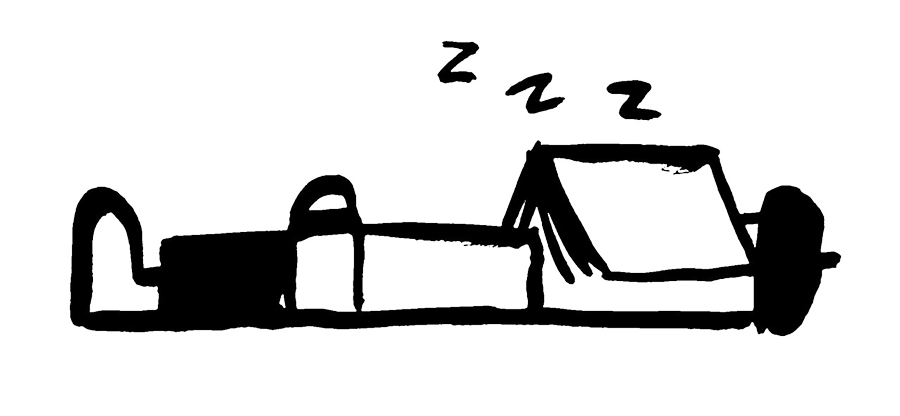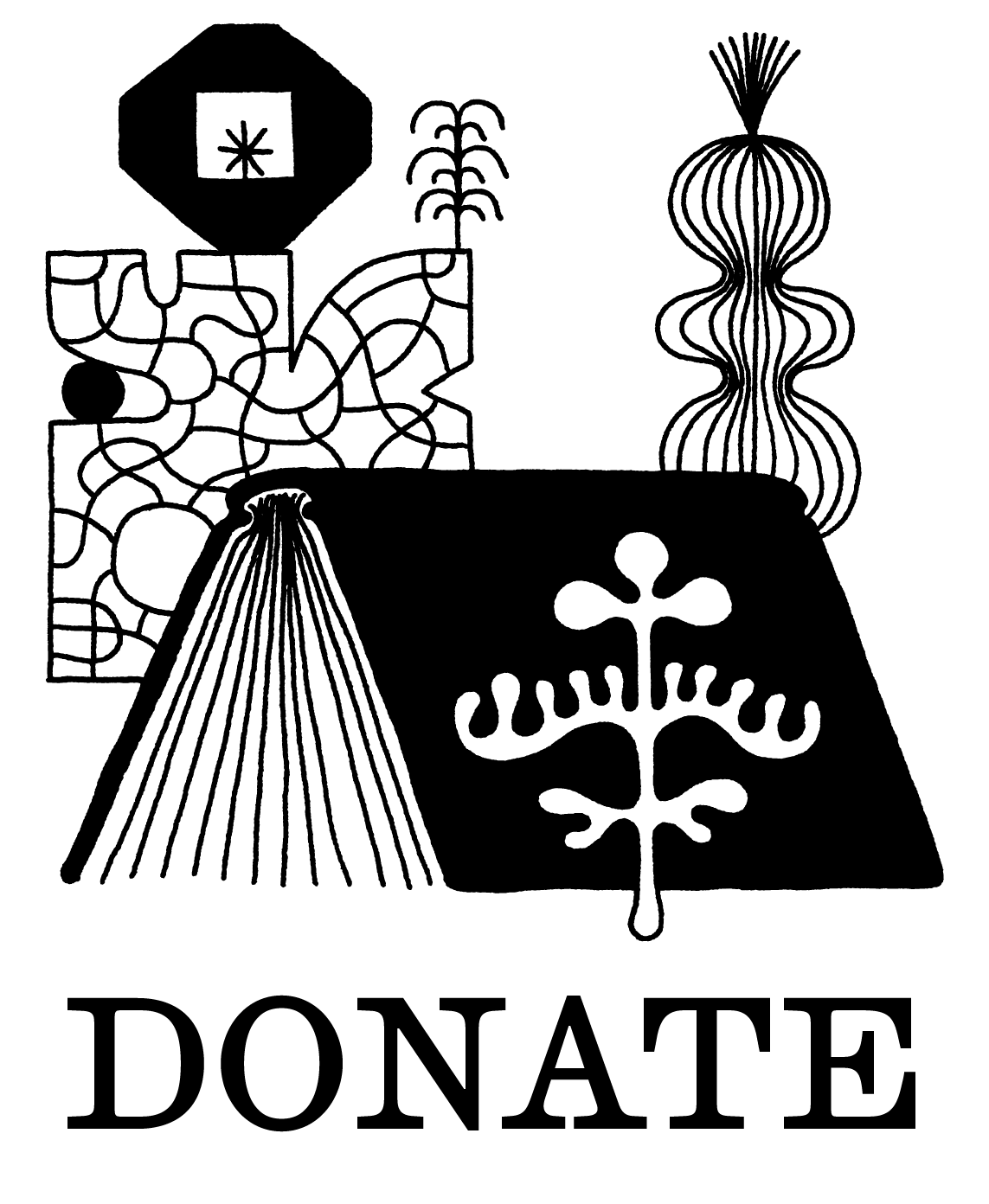



| Title | The Small Press Model |
| Author(s)/Editor(s) | Simon Cutts |
| Publisher | Uniformbooks |
| Pages | 160 |
| Dimensions |
142 x 234 mm |
| Format | Softcover |
| Year | 2023 |
Small Press activity arises from the need and resolve for a critical alternative to mainstream publishing. It is a search for its own methods of producing and making available. Often it begins with the idea of writing and leads from the ‘little magazine’ of poetry publishing to individual publications and books. Having discovered the means of production, it is possible to improvise and delight in the extensions of the new means of publication.
This collection of writings attempts to group together approaches to the physicality of the book, learned from its beginnings as small press activity. A reductive instinct formed from those earlier editorial principles of small press work can be applied to all products of the imagination, especially the plastic arts. A synthesis of attitudes, developed from the aesthetics and economics of invention and problem solving, informs the formal making of all things.
Simon Cutts and Coracle have been working this collaborative field since the mid-nineteen sixties, firstly with a literary magazine, Tarasque, and its associated publications as Tarasque Press, and then to the editing of more diverse spaces and formats as Coracle, print, books and galleries, and the questioning of wider ideas surrounding publishing and publication.
Simon Cutts was born in 1944, and has been making poems and objects since the mid-nineteen sixties. These have evolved through their arrangement in the physical space of rooms and pages. The form of the book as a metaphorical structure for the poem has increasingly become the form of his work, together with the installation of their parts in other settings. His work is included in several collections and libraries, including the Stedelijk Museum, Amsterdam; Victoria & Albert Museum, London; Centre des Livres d’Artistes, Saint-Yrieix-la-Perche, France; Beinecke Library, Yale University, New Haven; and the Getty Research Institute, Los Angeles.

